President Donald Trump has only just taken office but has already moved to deliver on plans to reshape the country’s education system.
Part of Trump’s Agenda 47, these undertakings aim for a change in policy regarding curriculum in K-12 schools, pulling apart the Department of Education (DOE) and more.
The goal of these changes would be to give more power to the states in an effort to improve success rates and enhance the student experience; but not everyone is convinced.
Breaking down the Department of Education
Trump’s administration plans to dismantle the DOE and send those responsibilities back to the states.
One of the highest areas of concern for this change is the status of the Free Application for Federal Student Aid (FAFSA) for undergraduate students that is overseen by the DOE.
Fresno State political science professor Andrew Chavez says this unclear reorganization may put a strain on college students who rely on the DOE for FAFSA or other student loans.
“That’s my biggest thing…when it affects my students in that way,” Chavez said. “How is that going to work with their loan servicing? Now, with the Department of Education gone, you may have students that have to take out private loans, because now the federal government isn’t servicing those lower interest rates…that’d be my biggest fear.”
Fresno City College political science major Makena Geil. also remains skeptical of this new proposition.
“Under the hypothetical that FAFSA could be reworked to give students more options towards debt relief or erasing interest as a whole concept, it would be a beneficial change,” Geil said. “This conceptual version of FAFSA is in our highest hopes but lowest expectations given the Trump administration’s history and what it routinely stands for, but change could flip to either side of good or bad given the intentions and execution.”
The president has installed Linda McMahon as secretary of education. McMahon served on the Connecticut State Board of Education for a year in 2009 and later led the Small Business Administration (SBA), a government agency tasked with supporting small businesses and entrepreneurs.
However, McMahon has backtracked on some of the president’s more exaggerated claims. She’s been adamant about maintaining the most necessary aspects of the DOE while still ensuring states will hold the most power for local education.
“Defunding is not the goal here,” McMahon said at her Feb. 13 Congress confirmation hearing. “I’d actually even like to see the expansion of Pell Grants. I’d like to see short-term certificates for Pell Grants, for students who aren’t going to four year universities who could have the opportunity to use [them] for skill-based learning.”
McMahon also said other programs like Title I and IDEA wouldn’t be defunded or reduced.
This plan has seemingly already begun as the president has placed Elon Musk and his Department of Government Efficiency (DOGE) in charge of an internal review of the DOE.
It’s unclear to what extent this probe will go but on Feb. 7 House Democrats were denied access into the department’s headquarters as they attempted to meet with acting Education Secretary Denise Carter following a letter from the department asking for immediate assistance from potential Trump administration takedown efforts.
Trump’s other plans at a glance
Trump has also made promises to end teacher tenure and suggested a system of merit-based pay that would be dependent on student performance, with promises to offer priority funding incentives for K-12 schools and districts that adhere.
These schools would receive “favorable” treatment according to his campaign website.
“If you’re basing paychecks or your salary on [student performance], there’s gonna be a big gripe for ‘oh, I want all the bright students,’” Chavez said. “It’s pretty dicey in my opinion, there’s gonna be a lot of politics that go along with those hidden [struggles].”
Fresno Unified Area 5 Trustee Andy Levine says these efforts simply don’t make sense and don’t align with the relationship between the federal government and local school districts that already exists.
“Only a small portion of our funding comes from the federal government,” Levine said.
K-12 tenure isn’t regulated by the federal government, but rather the state government.
With curriculum, Trump proposes an expulsion of critical race theory (CRT) and gender studies in K-12 schools. His administration threatens to cut federal funding to schools that participate in these teachings.
In the past, Trump has made claims that such teachings drive violence in children and serve as indoctrination.
However, Levine is puzzled by claims of schools indoctrinating children.
“This idea that we’re teaching things that are maybe not like, accurate, or have political ideologies, we aren’t able to do that even if we wanted to,” Levine said. “We follow state law in terms of following where those restrictions are in place.”
Geil thinks a potential curriculum change could be dangerous.
“Part of learning U.S. and global history is the motivation to not repeat things that have already been done,” Geil said.“Racist roots run deep in this country, and if unraveling them is more plausible because people recognize right from wrong through required curriculum, then it should be encouraged (if not enforced) rather than dismissed as superfluous.”
Levine says most curriculum is already decided at a state level but a loss in things like ethnic studies could negatively impact students.
“When it comes to curriculum, the majority of that is really at the state level,” Levine said. “[If] ethnic studies is removed, I think we would all suffer from it. [It’s important] for [all] our students that are learning about other histories and communities and cultures and traditions.”
Chavez says he believes these efforts serve as an offshoot from the Supreme Court’s 2023 Students for Fair Admissions (SFFA) v. Harvard decision. The case did away with affirmative action, the process that was meant to mitigate the discrimination of minorities when applying to academic institutions.
“I feel like this is doing away with DEI, [diversity, equity and inclusion] different things like that,” Chavez said. “That’s a direct result of that case that came before the Supreme Court a few years ago. It’s going to be a situation where, again, there’s going to be a readjustment period. When it comes to admissions of job hiring, how is that going to be taken into account?”
The proposed plans also include higher emphasis on project-based learning and safer school environments country-wide but they remain broad and uncertain.
It’s still unclear just how drastic these changes will be and how soon they could begin to take effect, but with the rate that the new administration has been moving, many believe they may be seen sooner rather than later.
















